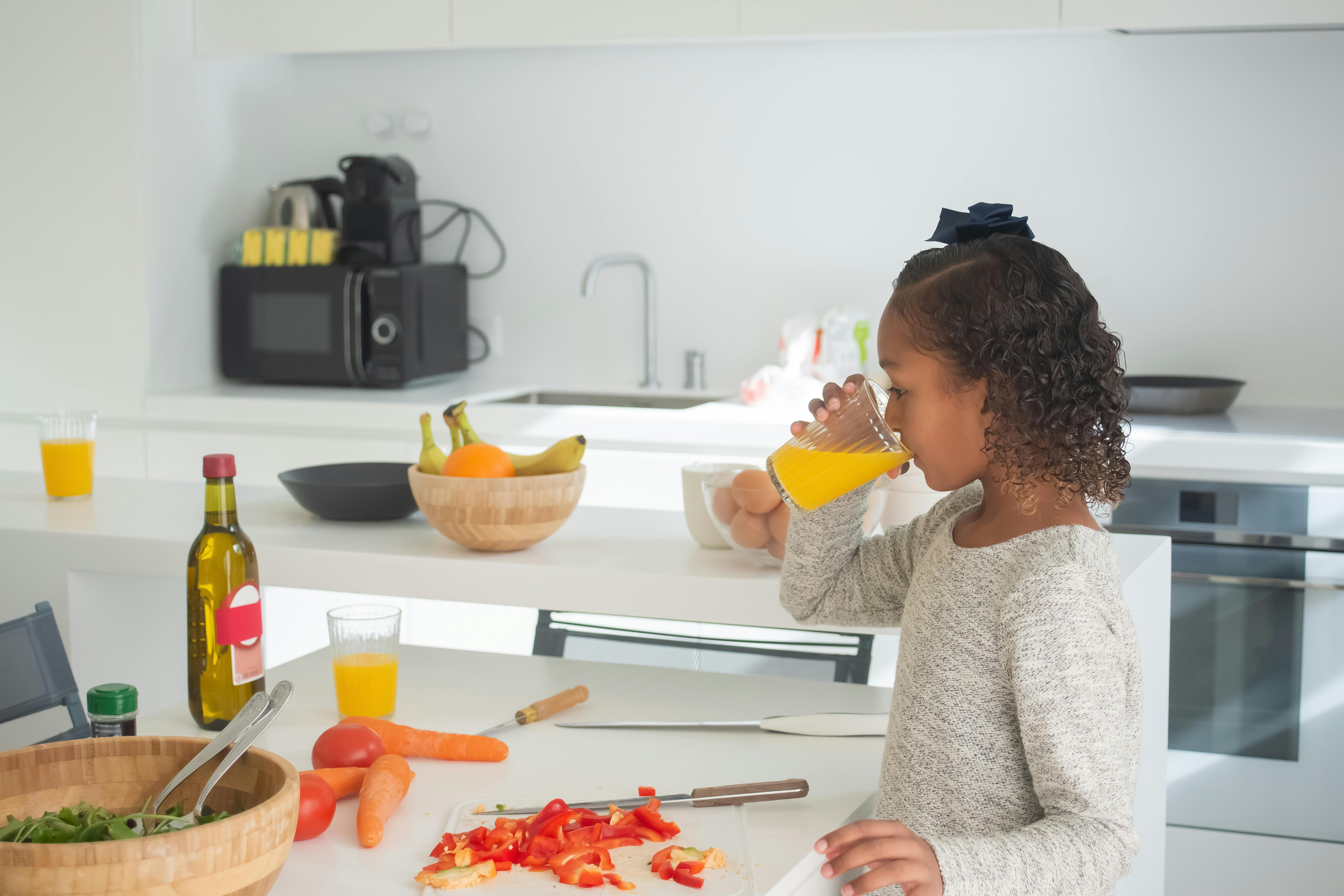Just as we can’t blame others for destroying the environment, we can’t look to others to protect the environment either. The responsibility of both begins at home. ~Paul Griss, The Daily Planet
Step 1: Find out what is recycled in your area. Most places will recycle glass, aluminum, paper, cardboard, and plastic. Contact your local council to find out what’s available, or at least to be pointed in the right direction. Your city may also have a website with all the information you need.
Step 2: Decide how many containers you will need. This is directly related to the information you find in Step 1 and what will be easiest for you. For example, will you need/want to separate plastics #1 and #2?
Step 3: Find containers. You may already have working containers. If you’ve been cleaning up the clutter, you may find extra storage bins ready for a new purpose! Your city may also provide bins specifically for your recycling program. Baskets also work great in the kitchen and office. So just take a look around and see what you find.
Step 4: Make labels. Take all the guesswork out of what can and can’t be recycled by placing labels on each bin. The easiest way to make labels is to use an 8 1/2 X 11 sheet of paper. Write the necessary information and insert it into a page protector. Tape the page protector to the container with packing tape. This protects the tag from the weather if you leave it outside and prevents the tag from falling off.
Step 5: Create the space. The best place is usually the garage, but be open to seeing where that place is for you and your family. Make sorting, moving to the drop-off center, or hauling to the curb as easy as possible. You will also want a space in the kitchen and office to collect items initially. This prevents recycling from taking over your kitchen counter, as well as multiple trips to the main bins.
If this step seems overwhelming or intimidating, I suggest a couple of things. You can start with one or two recycle bins depending on what you buy the most. You can also create more space by listing things at www.Freecycle.org. (You’ll read more about this in Step 8.)
Step 6: Establish a routine. As with everything, your routine has to be SIMPLE or it may not stick.
This is my routine: I have a bin in my kitchen that catches 95% of all recycling materials. I don’t classify them here, they are just thrown away after rinsing and flattening. When it’s full, I take it to the garage and sort each item into the proper bins. (This is where the labels come in handy!) I do the same thing with my office basket, which is usually paper, so it can normally be tossed in the paper and cardboard bin.
I also suggest writing recycling pickup or drop-off days on your calendar. Maybe you can designate every Friday as recycling day and take items from around the house to the garage. Or, you can do it the day before the recycling is picked up. Once you get into a rhythm, it will naturally become a part of your life.
Step 7: Be careful when making future purchases.
You’ve heard of the 3 R’s: Reduce, Reuse, Recycle. realize Recycle is the last mentioned. With conscious shopping, you can focus on reducing the items that need to be recycled. So, on your future shopping trips, consider what products you’re buying and how they’re packaged. Choose bulk items that you use regularly. Another idea is to create a plan to bring your own canvas bags to the store to reduce the need for paper and plastic bags.
Most of us are familiar with recycling and reusing, but how often do we think about the third R – REDUCE? ‘Reduce’ is probably the most important of the three R’s because if we were to reduce, it would limit the need to recycle and reuse. (~Catherine Pulsifer, from The “Reduce” of Recycle and Reuse
Step 8: Use Freecycle.org. I love Freecycling! So far I have been able to find new homes for a broken guitar, a wireless computer card, 2 toilets, a HUGE wall cabinet, blue tiles from our shower, and a cracked Pampered Chef baking stone. (Even with crack, someone wanted it!) If you haven’t visited www.Freecycle.org, you’re missing out. This is great for creating more space in your life and less waste in our landfills!
Happy Recycling!

